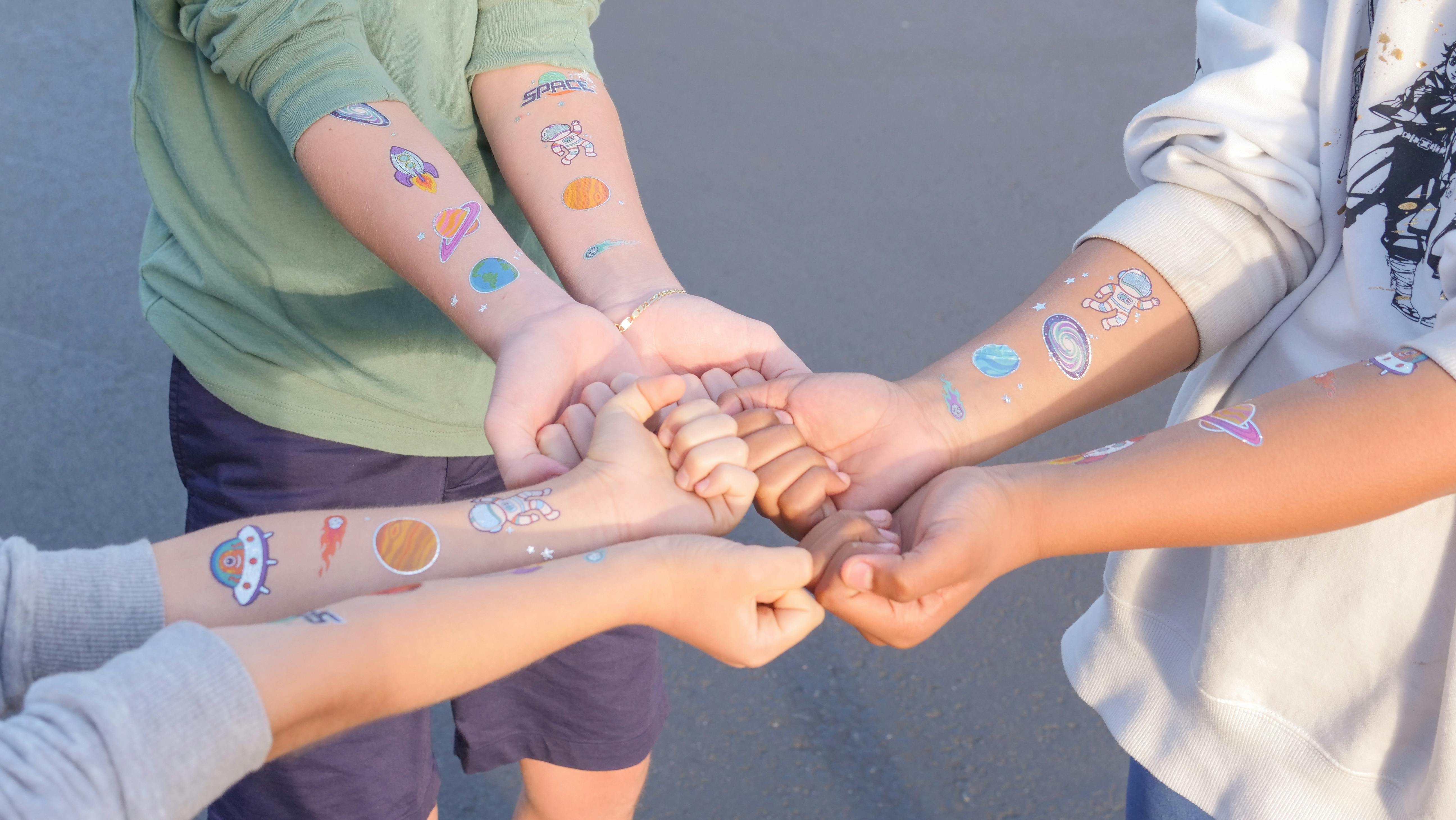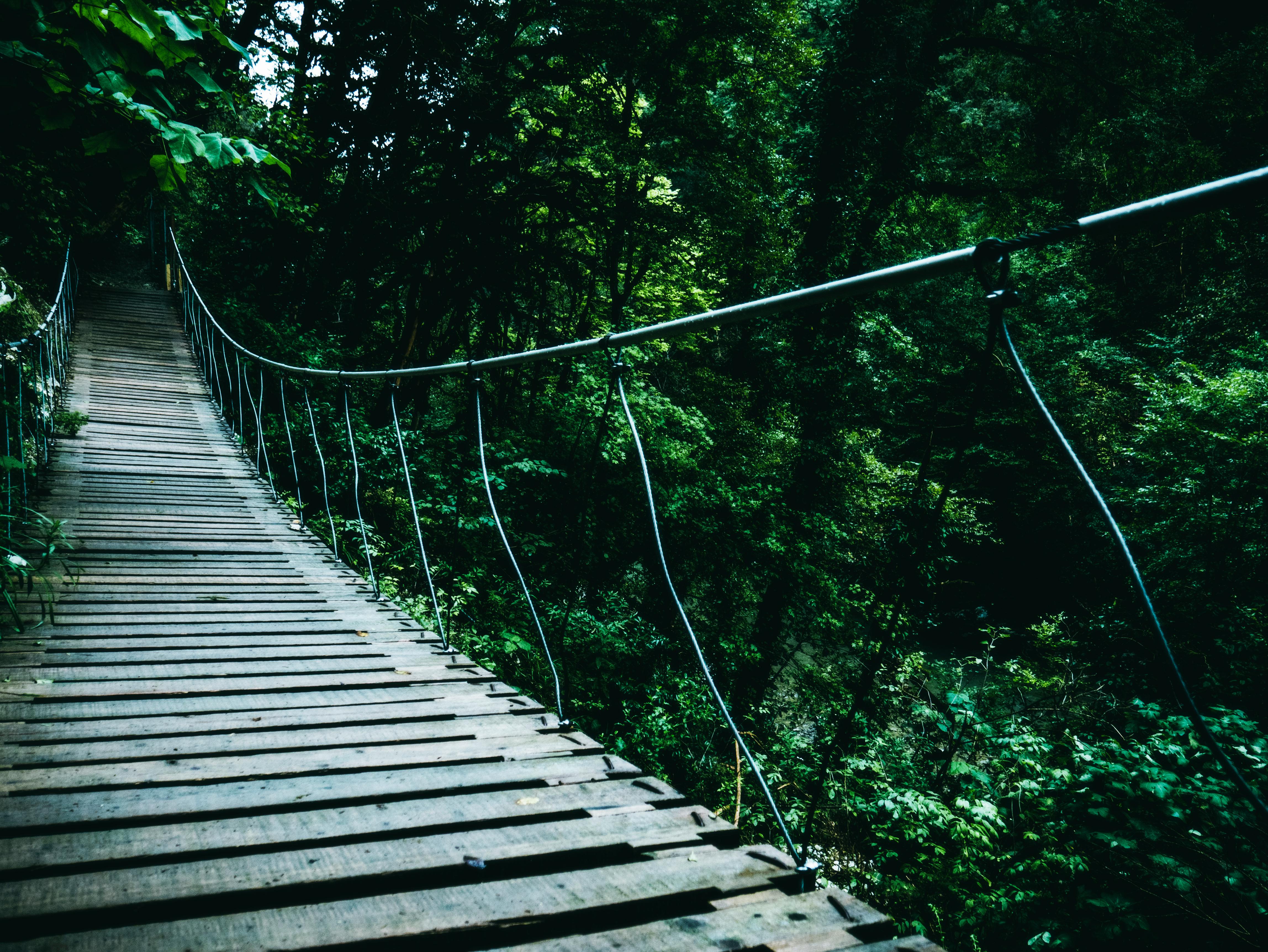One of the most impressive things about moving to a new place is how different it looks and feels. When you are at home, you have a favorite restaurant, you know the bus or train route, and you have discovered the nearest supermarket and laundromat. As you walk or drive through the streets, your sense of navigation is so innate that you can take the same route every day without thinking. If you came somewhere unexpected, you would laugh or scold yourself briefly and then quickly head home. And, if you run into someone else looking for directions, you won’t have a problem helping them out.
These are the things that are lost in a move. There’s the frustration of not knowing the best or cheapest place to do laundry, repair shoes, or buy paper towels. And while you may have a few restaurants nearby, you’ve never been there, so how can you tell which ones are great and which ones to avoid? Right away, you can literally feel lost: a wrong turn, and you’re not only not sure where you are, but you’re not sure where you’re going. And even worse, to find your way, you have to ask for help or take out a map and then everyone knows you’re lost.
I had a recent experience of getting lost on a trip to Paris. Although I know Paris as well as my hometown of New York, I was surprised to find myself totally lost. I got off the metro in an area I had never explored before, tried to orient myself in the direction of the Seine River, chose the wrong street, and ended up completely disoriented and surrounded by streets that were not parallel to each other, a common experience in Europe. I thought: “How can I get lost in a city I know so well?” I then panicked as my sense of direction was clearly off and I had not been able to write down the address of where I was going. I quickly regained my composure, realizing first, that I was in a safe place with a lot of people, and second, that I could ask a policeman for help.
Once calmer, I realized that my iPhone had a GPS indicator (a great resource in case of loss!) on which I HAD marked the direction of my destination. I pulled it out, and the map showed me where I was in relation to my destination, and guided me there! Along the way, I discovered a whole new area of Paris that I had never been to before, and if I find myself there again, I look forward to dining at some of the many lovely restaurants I passed by. All of these reasons explain why it’s important to create a sense of familiarity for yourself once you move. Doing this allows you to have some comfort zones that make you feel relaxed, and can also be reference points to guide you if you get lost. Here are some strategies on how to create this familiarity for yourself.
1 – Get Recognition: To start this process, choose something that you do almost every day; maybe buy a newspaper or have a cup of coffee, for example. Find a store or newsstand, or a cafe that is close to your residence or office, and go there every day for at least a month. The result will be that the shop or cafe owner will start to recognize you. I know this may sound silly, but having someone notice you actually helps a lot when you feel lost in a new place. This person becomes a friendly face that you can count on and hopefully even strike up a conversation with. Find out how their day was or ask them the best place to go shopping or do laundry!
2 – Create a sacred space: explore the city a bit, choose something that is meaningful to you. It can be a park, a church or synagogue, a museum, a restaurant, etc. – something you’ll enjoy coming back to again and again. This may be a place you stumble upon and for no apparent reason just feel a sense of comfort, or it may be that you repeatedly return there and thus it becomes familiar. Either way, creating this sacred space for yourself is a wonderful comfort as you adjust to a new place.
3 – Learn about the danger zones: Another key strategy is to quickly learn where the areas considered dangerous are. These are perhaps areas that are known to be unpopulated, or where crime is known to occur. Knowing these areas will give you a sense of confidence because even when you are lost, if you can remember that you are not in one of these dangerous areas, it will help you calm your mind quickly.
4 – Get lost on purpose! Once you’re sure you have an idea of which areas are safe, try getting lost on purpose. Do it during the day, in a well-populated area where you can ask for directions and feel safe. Bring a cell phone so you can easily call someone if the need arises. Here’s what happens: You end up discovering a new store, restaurant, park, or some other gem that you never would have found if you were looking for it. The possible panic that may initially set in is replaced by pride as you turn the corner and say, “Now I know where I am and how to get home from here!” There is something very powerful about confronting the fear of missing out and overcoming it that helps you feel at home.
5 – Celebrate! Do something to reward yourself every time you feel “found.” Maybe try a new restaurant, see a movie, buy some chocolate, however you celebrate, do something to pat yourself on the back for this incredible step forward you have taken towards successfully transitioning to a new place! new place!
6 – Download and listen to my free eCourse, 8 Steps to Feeling At Home Anywhere in the World, where you’ll find additional tips for getting familiar with a new place, some helpful worksheets and resources, as well as other essential steps you need to take to ensure a smooth transition to a new culture.



